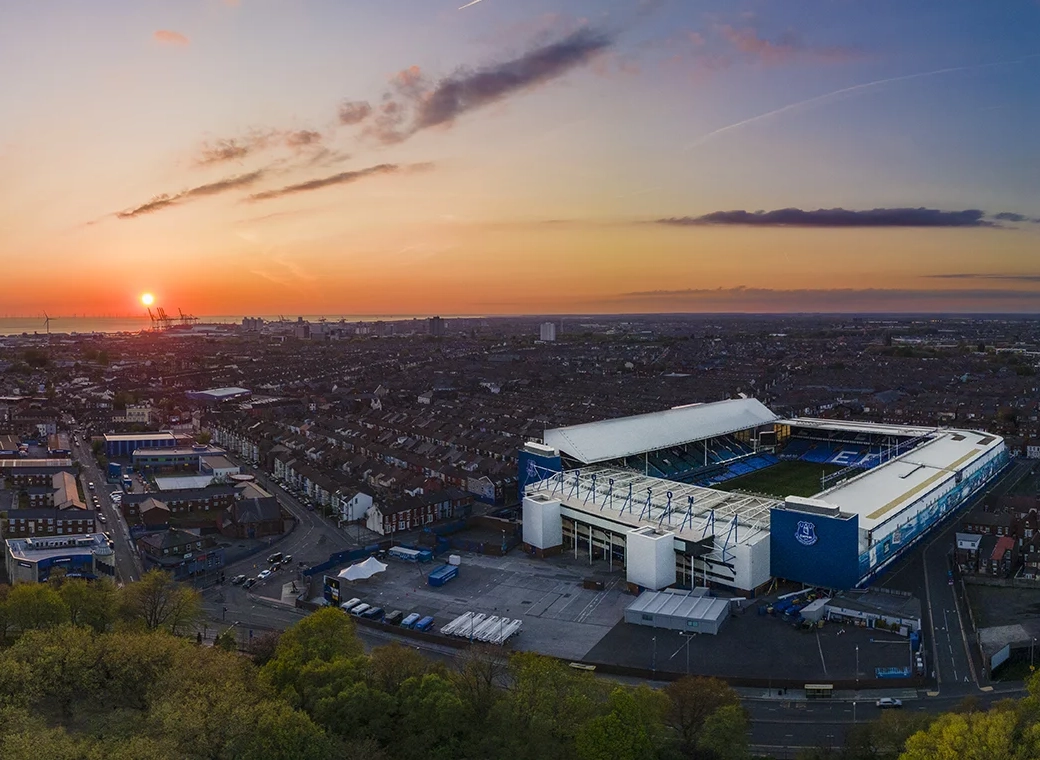You're right, but there has to be a balance and a bit of being able to do both, Egil my friend.Most goals in football come after 6 or fewer passes, and usually happen right after one of the teams has lost the ball. Rangnick has the following rule, which is supported by research, after winning the ball you have 10 seconds to score goals. And after you have lost the ball, you have 8 seconds to win it back. The entire training methodology of Leipzig is built under these two guidelines.
The passes should go vertically / diagonally, and preferably never in the same direction. They are not very keen on keeping the ball, and see it as beneficial to lose the ball. Because they believe that they then have a greater chance of scoring goals.
They are also not very interested in building up the game with short passes from behind - they rather hit long passes from the goalkeeper against good teams. Crossers from sidelines are also banned because they are considered as potential counterattack balls.
These are the same ideas that Egil Olsen, former Norwegian national team coach, had, but which was ridiculed in England when he coached Wimbledon, and pretty much all the experts. Football goes in circles, and what is modern is often just an old idea that has been dusted off.
Without Doucoure, Richarlison and a focal point up top, you can't play in the same way. You can't play vertically with Fabian Delph, for example, or Rondon up front. You have to be able to mix it up.









